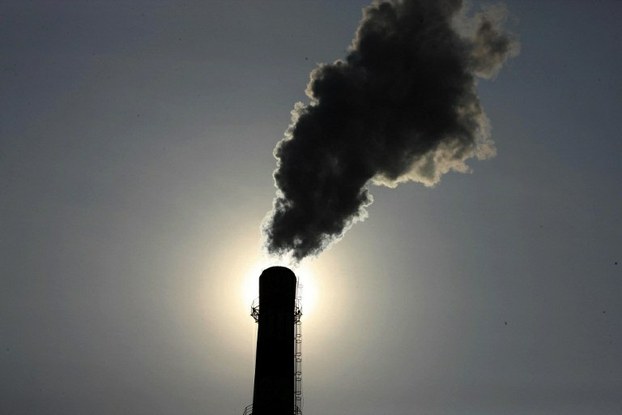




China plans to close one-sixth of its coal mines by the end of 2015 in a move that is aimed at improving its "alarming" safety record and that will have implications for the environment and overcapacity.
In a statement on Oct. 12, the State Council said "at least 2,000" small mines will be shut down to improve worker safety.
The latest cuts come "as the country tries to improve its alarming safety record," the official Xinhua news agency said.
China, which accounts for over half the world's coal consumption, has over 12,000 mines now, said Xinhua.
Although China has made major gains in reducing mine fatalities, the State Administration of Work Safety (SAWS) recorded 1,384 deaths in 779 accidents last year.
The death toll was down nearly 30 percent from 2011, while coal production rose 4 percent to 3.66 billion metric tons, according to the China National Coal Association.
Over time, the drop in deaths has been even more dramatic.
In 2005, for example, official figures counted 5,986 workers killed in 3,341 accidents.
Death rate
Despite the improvements, China's miners are still dying from safety problems at the rate of nearly four per day.
With the announcement, the government made clear it will continue its campaign to close small mines, which are blamed for a disproportionate share of the deaths.
In 2006, when the government announced plans to close mines producing less than 30,000 tons per year, it estimated there were 17,000 small mines.
In 2007, the National Development and Reform Commission (NDRC) said it would bar approval of new mines producing less than 300,000 tons.
Since then, the central government has gradually tightened the regulatory screws with wording that has tended to be imprecise.
In January, SAWS said it would ban "high-gas" mines producing less than 300,000 tons and "coal and gas outburst mines" with output under 450,000 tons.
It was unclear what amount of explosive gas would be considered high.
The new State Council announcement also leaves room for interpretation.
The closures would affect mines with output of no more than 90,000 tons "that fail to meet the safety rules" and mines with substandard coal that are "prone to accidents,"
Xinhua said.
The government will not approve construction for mines of less than 300,000 tons and will not approve accident-prone mines with substandard coal and less than 900,000 tons capacity, it said.
Vague language
The vague language is typical of closure orders over the past two decades, said Tim Wright, professor of East Asian studies and a China coal expert at Britain's University of Sheffield.
"This is a more or less top-level indication of central government policy," Wright said. "Each lower level in the administrative hierarchy will create a series of regulations, specifying how these guidelines will be implemented on the ground."
"In many cases, they will want to give a little bit of wiggle room, even then," he said.
Shutdown rules for small mines may be more flexible in southern China due to distribution of resources, for example.
The thresholds for closures are also ambiguous because the government has promoted mine mergers to encourage better management and safety practices at smaller pits.
How these are counted for tonnage limits remains unclear. Smoke rises from a chimney at a coal chemical factory in Huaibei, east China's Anhui province, Aug. 14, 2013.
China now has seven major coal conglomerates that each produce over 100 million annually, said Wright, but under those umbrellas, some small mines may be operating as before.
China's total number of mines is likely to be greater than the official count of 12,000.
"Sure, there are more. How many more, I don't know," Wright said.
Safety is likely to be only one of several factors behind the latest push for mine shutdowns.
Fighting smog
The government's recently-announced five-year action plan to fight smog in China's cities relies on reducing coal use in surrounding areas.
Even without pollution, China's less expansive economy has dampened demand growth for coal, leading to rising inventories and surplus capacity.
"We're now talking about stocks of 400 million tons by the end of this year," Wright said.
Many small mines have already suspended operations. Those that continue are only pushing up stockpiles and driving prices down.
Benchmark coal prices of 531 yuan ($87.06) per ton on Oct.16 were near a four-year low after falling 16 percent from a year earlier, Reuters reported.
In the first eight months of the year, coal production of 2.44 billion tons was down 3.4 percent from a year before, the China Coal Transport and Distribution Association said.
On Oct. 15, the State Council also announced a campaign to cut production overcapacity in five major industries, including steel, aluminum and cement. All are associated with heavy energy use, air pollution and large volumes of coal.
Coal might well have been added to the overcapacity list, since reductions in big industry would only add to oversupply.
Wright suggested there may also be a political push on the part of big coal producers to drive smaller competitors from the market under the guise of a safety campaign.
"From a political point of view, it's very hard to argue against safety," he said.